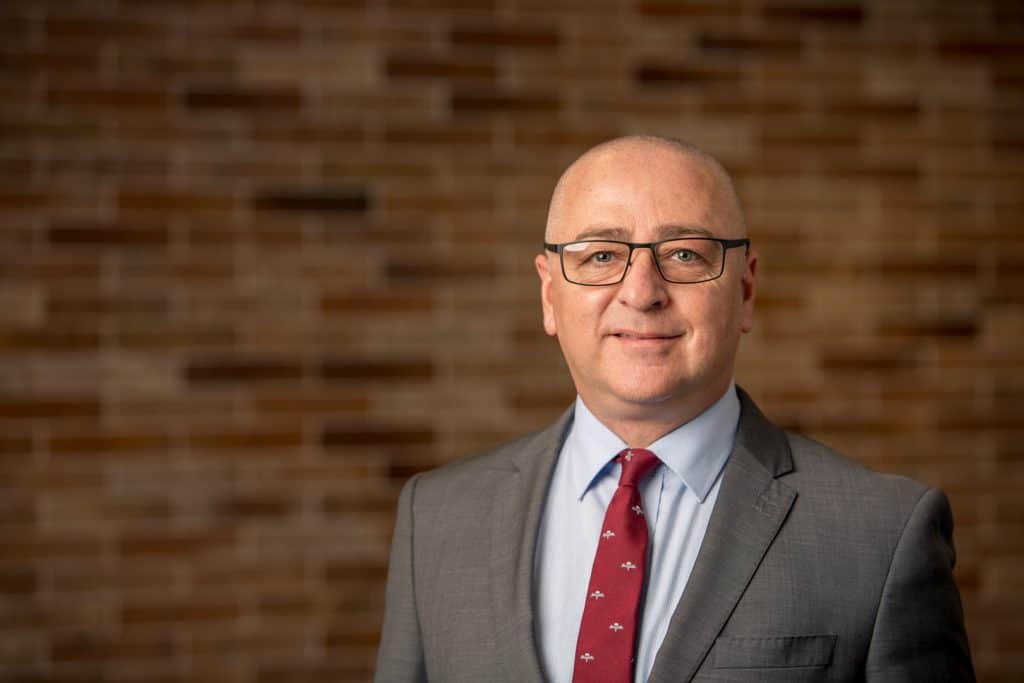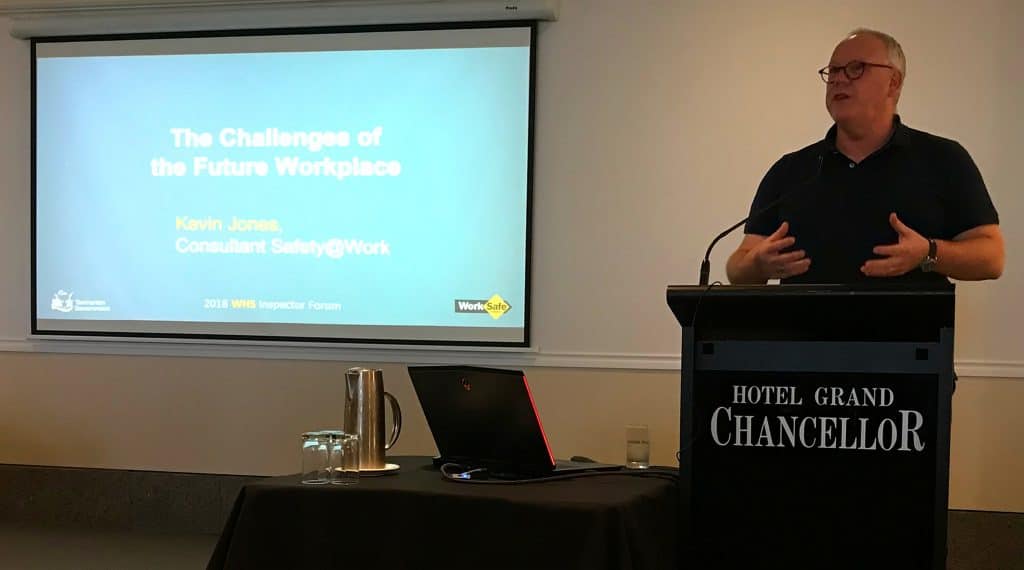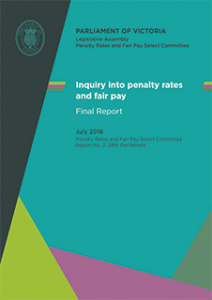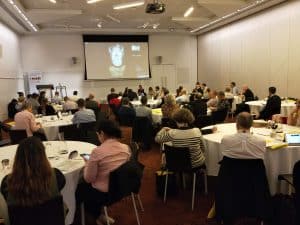
In March 2019, the Northern Territory government released its “Best Practice Review of Workplace Health and Safety in the Northern Territory”. This report was written by Tim Lyons who reviewed the Queensland work health and safety (WHS) Laws not so long ago. Lyons is creating a career path as sustainable as Alan Clayton who seems to have reviewed all the workers’ compensation systems in the Asia Pacific!
There are many similarities between the two reports which is not surprising – same Model WHS laws, same reviewer….. Yes, Industrial Manslaughter laws were recommended but this is almost a pro forma recommendation at the moment, as it has been supported by at least two State governments, recommended in a Senate inquiry into industrial deaths and pragmatically recommended by the Boland Review. In many ways these WHS-related reviews are feeding off each other.



 Many companies have bloated workplace procedures. Many of these seem to involve workplace health and safety. Some people blame this on a bureaucracy designed in the olden times by someone, that somehow still exists and is maintained by someone or some process that no one sees or knows. Some prominent Australian researchers have looked into this issue and have written about “safety clutter”* which they say is:
Many companies have bloated workplace procedures. Many of these seem to involve workplace health and safety. Some people blame this on a bureaucracy designed in the olden times by someone, that somehow still exists and is maintained by someone or some process that no one sees or knows. Some prominent Australian researchers have looked into this issue and have written about “safety clutter”* which they say is: Australia currently has a lot of official inquiries into workplace issues that affect the occupational health and safety (OHS) of workers. It is almost impossible to keep up with them and, as a result, some important voices are being missed, but even if they spoke, there is a strong chance they will not be listened to. The Victorian Government has released the final report of the Inquiry into Penalty Rates and Fair Pay. There are two overt mentions of OHS that don’t seem to go anywhere.
Australia currently has a lot of official inquiries into workplace issues that affect the occupational health and safety (OHS) of workers. It is almost impossible to keep up with them and, as a result, some important voices are being missed, but even if they spoke, there is a strong chance they will not be listened to. The Victorian Government has released the final report of the Inquiry into Penalty Rates and Fair Pay. There are two overt mentions of OHS that don’t seem to go anywhere. Let’s acknowledge the problems with this year’s
Let’s acknowledge the problems with this year’s  Being
Being